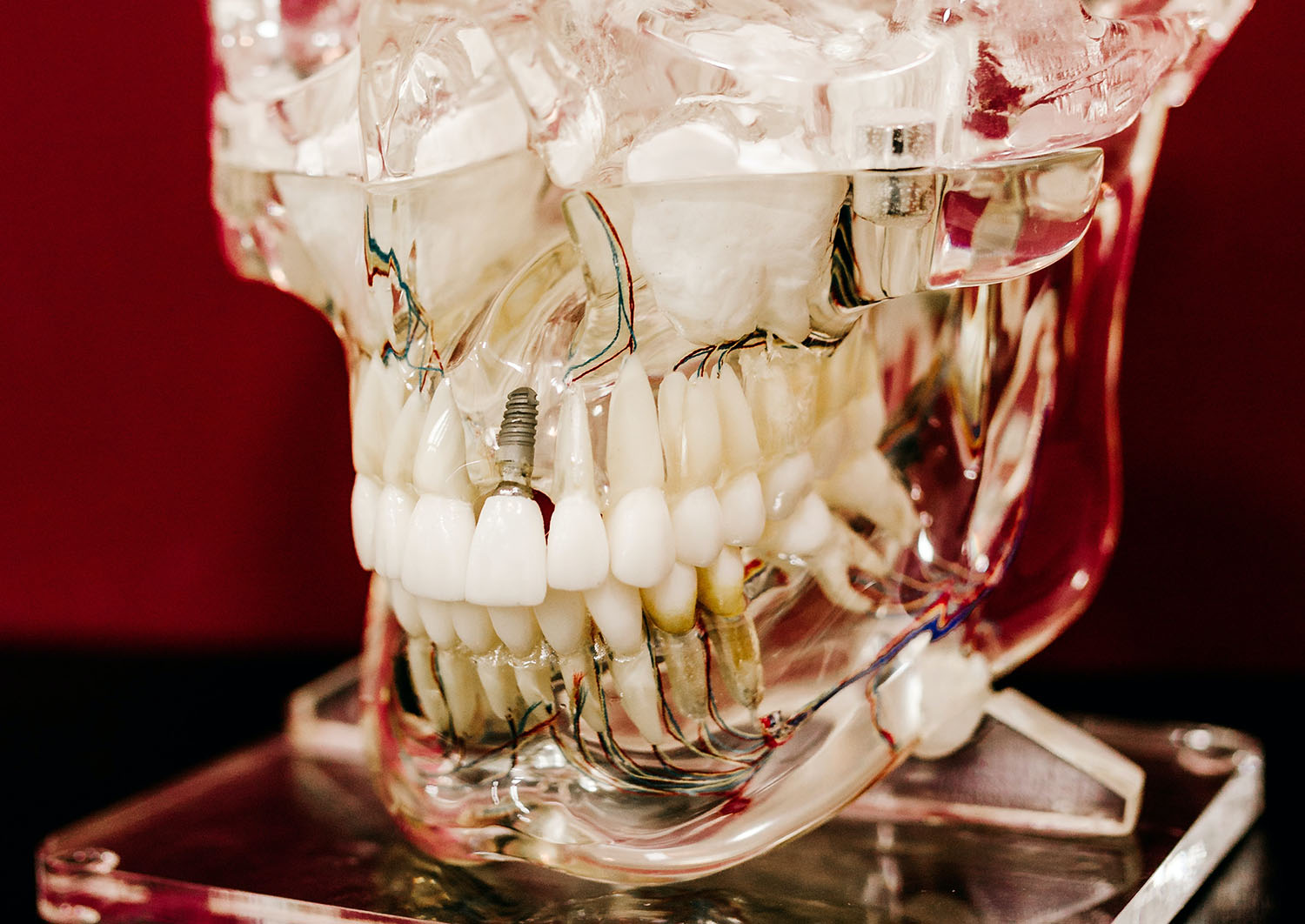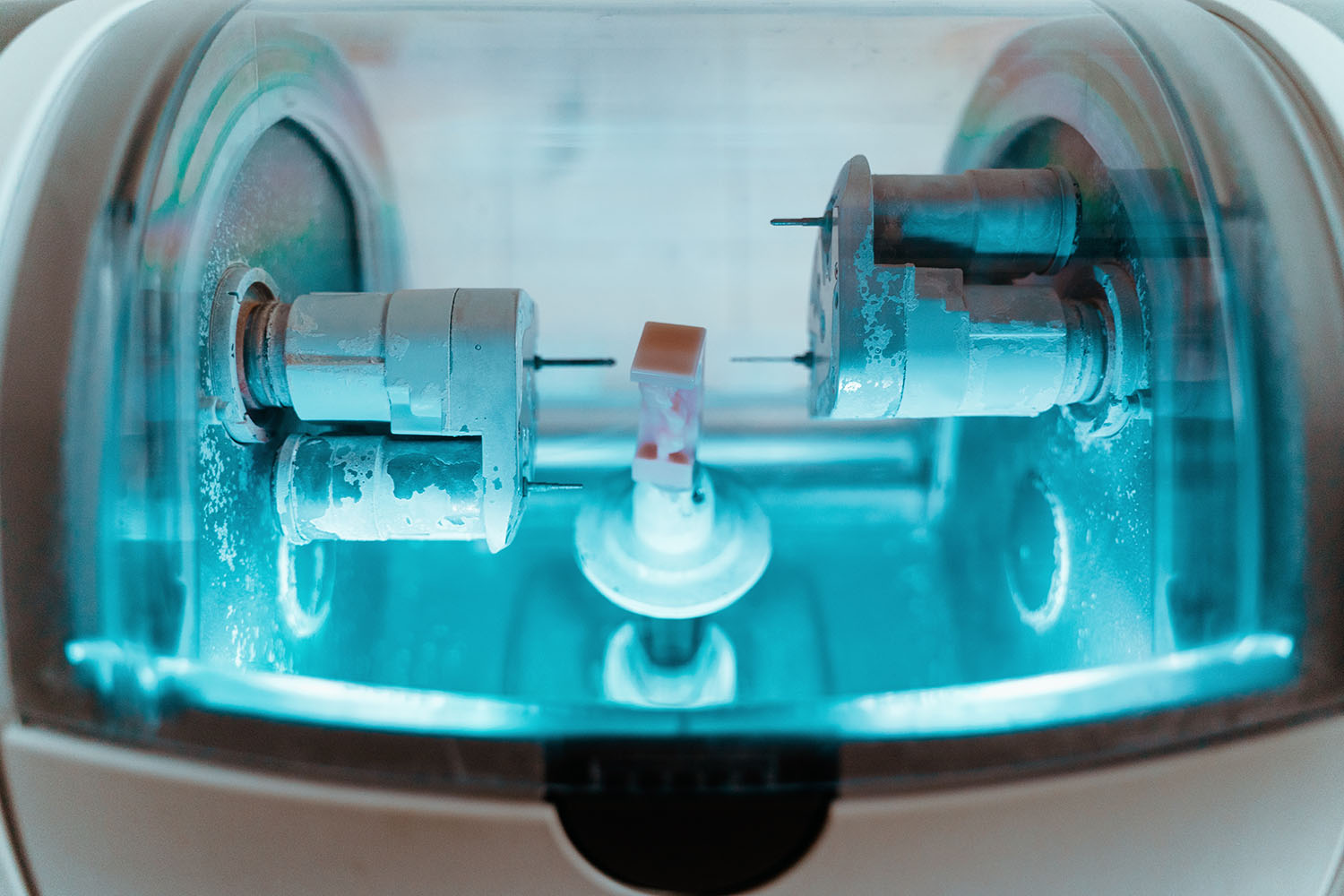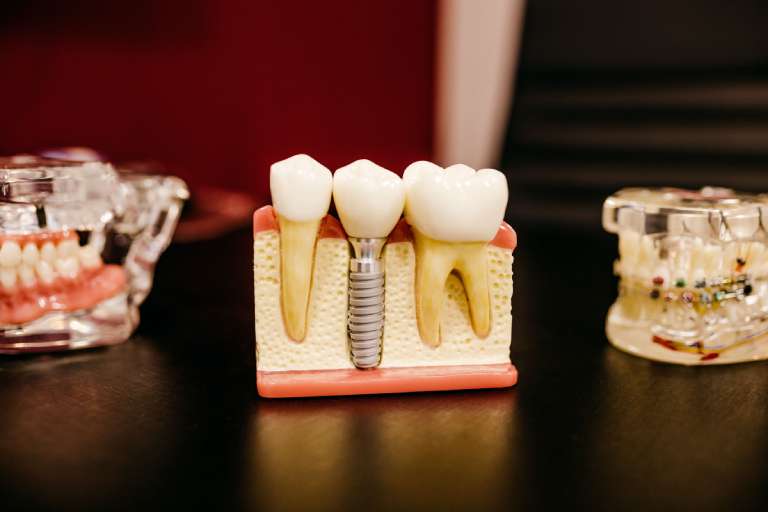
How Does IV Sedation Work
Have you ever been afraid of visiting the dentist for a necessary procedure? If fear and anxiety get the better of you when you walk into your dentist’s office, you might be a good candidate for intravenous sedation, or IV sedation.
What is sedation? To put it simply, it’s a way to make your experience at the dentist more comfortable and less anxiety-inducing. There are different types of sedation and levels of sedation, and sedation levels can be adjusted to fit your specific needs.
What is Sedation?
IV sedation, short for intravenous sedation, is a way that sedatives can be delivered to a patient. The IV is attached to a vein in the back of the hand or inside of the elbow using a small needle, and sedatives are administered in order to provide the patient with a more calming experience.
Sedation should not be confused with general anesthesia, during which the patient becomes completely unconscious.
Benefits of Intravenous Sedation
IV sedation is a good option for people with dental phobia. People can develop a fear of the dentist after traumatic experiences, but dentist-related fears can also come from hearing about bad experiences second-hand or seeing negative portrayals of dentists in the media.
If you have a fear of the dentist for any reason, IV sedation might be right for you. It allows you to relax and experience your appointment without tension or fear.
Sedation is also helpful during long or complicated procedures. These might cause fatigue or anxiety as they go on; sedation allows them to pass without incident and keeps you, as the patient, in a state of calm. At Meridian Dental, we also suggest sedation to patients who have very sensitive teeth or a sensitive gag reflex.
Types of Sedation and Sedation Levels
Because IV sedation offers higher levels of sedation than oral sedation techniques, it’s a good option for patients who find oral sedation to be inadequate. On the other hand, IV sedation levels are less than those of general anesthesia and allow the patient to maintain consciousness throughout a procedure.
The kind of sedation most commonly used in dental offices is called “conscious sedation.” The patient stays conscious and awake but is in a state of decreased awareness and reduced anxiety. In this state, any discomfort, pain, and anxiety associated with their procedure are significantly diminished.
The most common dental sedative is called midazolam and is known for acting fast and wearing off quickly post-procedure. After most types of sedation, you will remember little or none of your procedure.
Intravenous Sedation at Meridian Dental
At Meridian Dental, we pride ourselves in delivering gentle and compassionate care. We work to meet patients where they’re at, and we understand that not everyone is comfortable in our office, no matter how gentle our approach.
Don’t let your next dental appointment cause you anxiety and fear. If you’re feeling nervous about coming in for a procedure, ask us about IV sedation, types of sedation, and the different levels of sedation we offer.
Contact us today to find out how intravenous sedation can improve your dental experience! Whether you want to ask our team, “What is sedation?” or schedule your next appointment, we’re here for you.
Ready to take the first step to a straighter smile?
Book a free consultation with one of our top-rated dentists to see if veneers are right for you.










